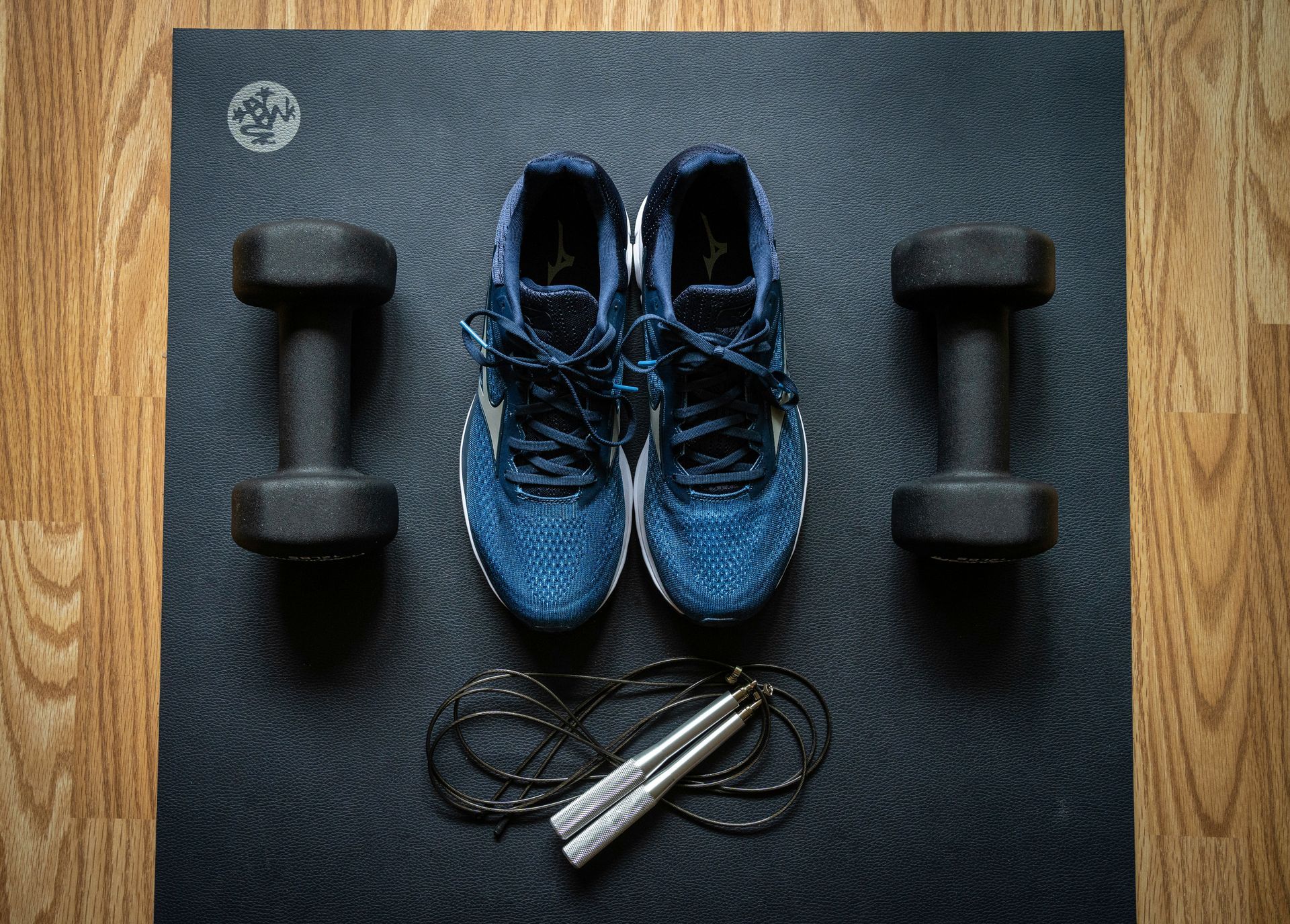Reside Living™
150 N Michigan Ave. Suite 2700
Chicago, IL 60601
A Reside Living Chicago Marathon Training Program
In a city known for its vibrant energy and resilient spirit, runners from around the globe eagerly lace up their shoes, preparing to embark on a journey of endurance, determination, and personal triumph. The Chicago Marathon entices athletes to push their limits and conquer the 26.2-mile course through the heart of Chicago.
With the 2024 Chicago Marathon preparation, aspiring participants are turning their attention to the all-important aspect of training. Crafting a comprehensive training program is not merely about logging miles; it's about strategic planning, disciplined preparation, and unwavering commitment. To aid in this endeavor, Reside Living presents some tips on a Chicago Marathon Training Program. It will help to propel runners toward their personal best on race day on Sunday, October 13, 2024.
Setting the Foundation: Base Building

The journey towards marathon success begins long before race day. Building a solid foundation of endurance and strength is crucial in preparing the body for the rigors of marathon training. During the base-building phase, focus on gradually increasing weekly mileage while incorporating cross-training and strength exercises to enhance overall fitness and prevent injury.
Phase One: Building Endurance

Once we have the foundation, it is time to shift gears and focus on building endurance. During this phase, long runs become the cornerstone of training, gradually increasing in distance to acclimate the body to sustained efforts. Incorporate tempo runs, intervals, and hill training to improve speed, stamina, and mental toughness.
Phase Two: Fine-Tuning

With a solid base and increased endurance in place, the focus now shifts to fine-tuning fitness and sharpening race-specific skills. Refine pacing strategies, practice fueling and hydration techniques, and simulate race-day conditions during long runs to build confidence and familiarity with the demands of marathon racing.
Tapering: Rest and Recovery

As race day draws near, it's essential to prioritize rest and recovery to ensure peak performance on the big day. The tapering period allows the body to fully recover from months of hard training while maintaining fitness levels. Reduce mileage and intensity while focusing on proper nutrition, hydration, and ample sleep to optimize race-day readiness.
Race Day: Embrace the Challenge

As the city of Chicago buzzes with excitement and anticipation, it's time to embrace the challenge that lies ahead. Trust in the months of dedication and preparation that have brought you to this moment. Stay focused, stay positive, and draw strength from the camaraderie of fellow runners and the unwavering support of spectators lining the course.
Tips for a Successful Chicago Marathon Experience
Whether you're running or cheering from the sidelines, the Chicago Marathon promises an unforgettable experience for all involved. Prepare accordingly, stay positive, and embrace the incredible energy of this world-class event. Here are some tips from Reside Living.
For Runners:
- Dress in Layers: Chicago mornings can be chilly, even in the warmer months. Consider wearing layers that you can easily shed before the race begins. These clothes are collected and donated afterward, so you can stay warm while waiting.
- Stay Hydrated: Proper hydration is key for peak performance. Ensure to drink plenty of water in the days leading up to the race and utilize aid stations along the course.
- Familiarize Yourself with the Course: Study the course map. Knowing what to expect can help you pace yourself and mentally prepare for any challenging sections.
- Stick to Your Plan: Establish a race strategy and stick to it. Whether you're aiming for a personal best or simply wanting to finish strong, staying true to your plan will help you stay focused and motivated.
- Have a Post-Race Plan: Coordinate a designated meeting spot with friends and family after the race. With thousands of participants and spectators, it can be easy to get separated. Having a specific location to reunite will save you time and stress.
For Spectators:
- Plan Your Viewing Spots: Chicago offers numerous vantage points to cheer on runners. Consider locations such as the start and finish lines, along the Magnificent Mile, or at iconic landmarks like Buckingham Fountain or Lincoln Park.
- Bring Signs and Noisemakers: Show your support loud and proud! Homemade signs with motivational messages can provide a much-needed boost to runners. Cowbells, whistles, and cheers also help create an electrifying atmosphere.
- Respect Course Guidelines: While cheering, be mindful of barricades and course marshals. Avoid interfering with runners or obstructing their path. Your enthusiasm is appreciated, but safety should always come first.
A Journey to Remember
The Chicago Marathon is more than just a race; it's a celebration of the human spirit and the power of perseverance. Whether you're a seasoned veteran chasing a new personal best or a first-time marathoner embarking on a journey into the unknown, the road to the Chicago Marathon is paved with countless memories, triumphs, and moments of self-discovery.
As you cross the finish line and bask in the achievement, remember that the true reward lies not only in the destination but in the journey itself. So lace up your shoes, hit the streets, and let the journey begin. The 2024 Chicago Marathon awaits.
Reside Living is committed to elevating apartment living in Chicago’s most vibrant neighborhoods. Just as we strive to enhance the living experience for our residents, we extend the same dedication to our team members and residents participating in the Chicago Marathon. For more inspiration on active living in Chicago, check out another one of our Reside Living blogs
here!











